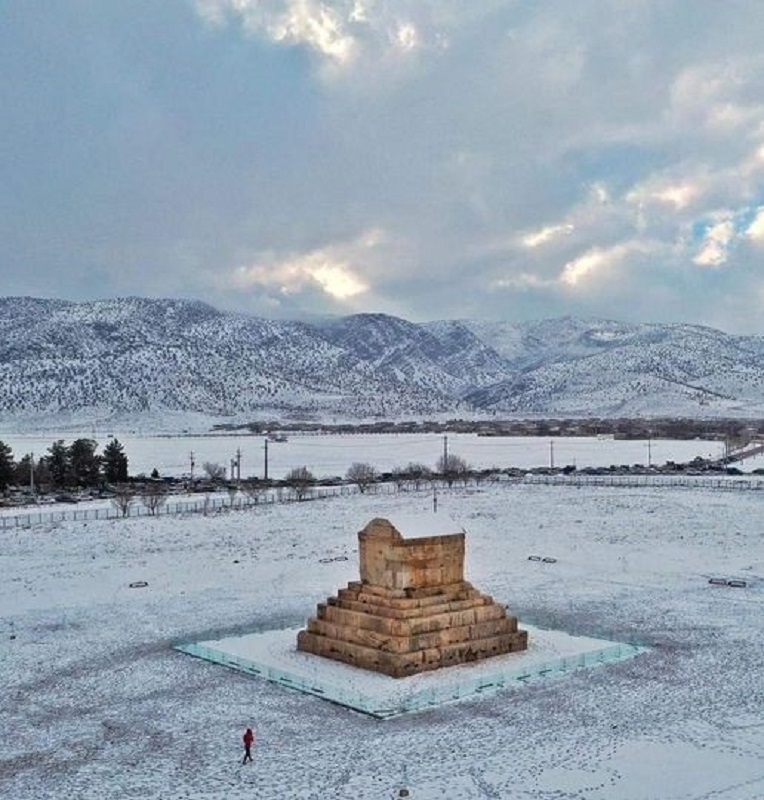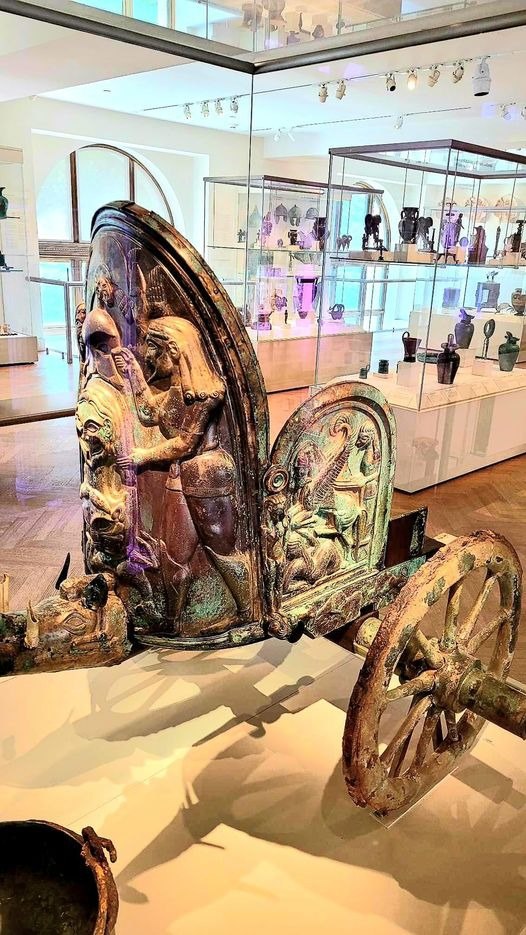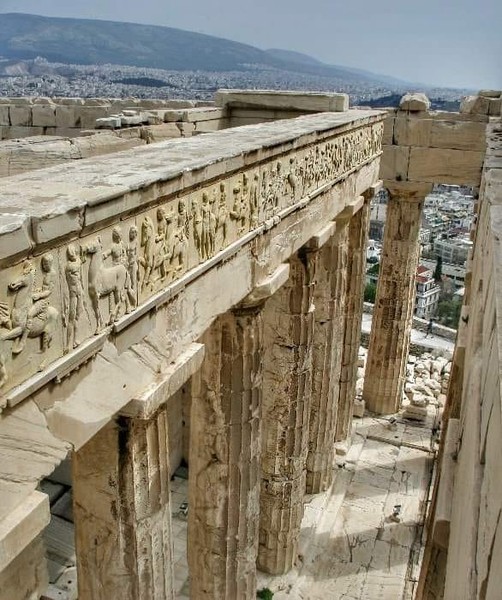Pompeii, frozen in time by the catastrophic eruption of Mount Vesuvius in 79 AD, is a treasure trove of archaeological wonders. Among its many ruins, the House of Puquius Procolus stands as a testament to the opulence and sophistication of ancient Roman society. Dating back to the 2nd century BC, this ancient dwelling offers a glimpse into the daily lives of its inhabitants, revealing insights into their customs, beliefs, and social status. Join me as we journey back in time to explore the fascinating history of the House of Puquius Procolus and unlock its secrets.
A Palatial Residence: The Layout and Design
The House of Puquius Procolus, like many Roman villas of its time, was designed with both practicality and luxury in mind. Spread across multiple levels and adorned with intricate frescoes and mosaics, the house boasted spacious courtyards, elegant atriums, and lavishly decorated rooms. Its layout reflected the hierarchical structure of Roman society, with separate areas designated for social gatherings, private quarters, and household activities. As we wander through its well-preserved corridors and chambers, we are transported to a world of wealth and refinement, where every detail speaks to the taste and sophistication of its inhabitants.
Artistic Treasures: Frescoes and Mosaics
One of the most striking features of the House of Puquius Procolus is its exquisite collection of frescoes and mosaics. These intricate artworks adorned the walls and floors of the villa, depicting scenes from mythology, daily life, and the natural world. From vibrant frescoes of mythological deities to meticulously crafted mosaics of intricate patterns and designs, these artistic treasures offer a window into the aesthetic sensibilities of ancient Rome. As we admire the craftsmanship and attention to detail in these ancient masterpieces, we are reminded of the enduring legacy of Roman art and culture.
Uncovering the Past: Archaeological Discoveries
The excavation of the House of Puquius Procolus has yielded a wealth of archaeological discoveries, shedding light on the lives of its former inhabitants and the society in which they lived. Artifacts such as household utensils, pottery, and decorative objects provide valuable insights into daily life in ancient Pompeii, while inscriptions and graffiti offer glimpses into the personal stories and relationships of the villa's occupants. Through careful analysis and interpretation, archaeologists continue to piece together the puzzle of Pompeii's past, unraveling the mysteries of this ancient city one discovery at a time.
Conclusion:
The House of Puquius Procolus stands as a testament to the enduring allure of Pompeii—a city frozen in time by the forces of nature, yet alive with the echoes of its vibrant past. As we explore its well-preserved ruins and marvel at its artistic treasures, we are reminded of the resilience of the human spirit in the face of adversity. Through the lens of archaeology, we glimpse the lives of those who walked the streets of Pompeii centuries ago, their stories waiting to be unearthed and shared with the world. In preserving and studying sites like the House of Puquius Procolus, we honor not only the past but also the timeless quest to uncover the mysteries of our shared human heritage.
Archeology continues to play a crucial role in our understanding of the ancient world, offering insights into the lives, beliefs, and customs of past civilizations. As we excavate and study sites like the House of Puquius Procolus, we piece together the fragments of history, illuminating the stories of those who came before us and enriching our appreciation of the cultural tapestry of humanity. Through ongoing research and preservation efforts, we ensure that the legacy of Pompeii—and sites like the House of Puquius Procolus—endures for future generations to explore and cherish.










